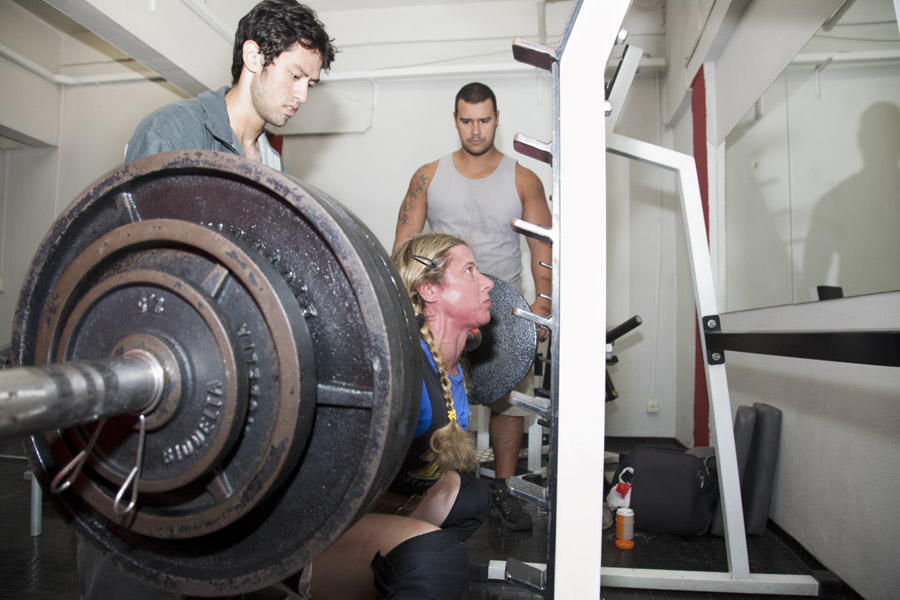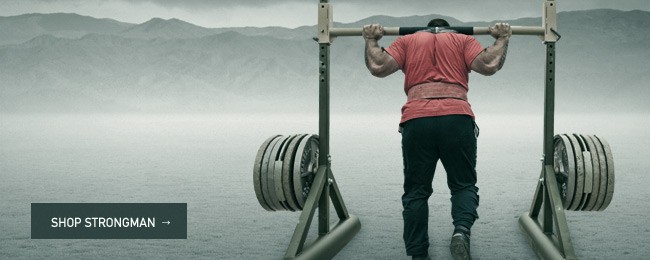
I don’t know who said this before. I know I said it a long time ago, there were many people listening, then there were memes and it became associated with me. Yes: stability is the mother of strength. If you want to go into the academic rabbit hole, this is an endless topic. As a basic training “idea” (less than a principle), it’s not rocket science.
Anything involving athlete and barbell, forming the athlete-barbell-system (ABS), is a constant and dynamic “negotiation” with gravity, of balance and stability along something we call the line of gravity. Again, not rocket science: it’s the line that goes from the barbell to the person’s midfoot. It’s a force vector (not an imaginary line). It does exist: it is the representation of a (very real gravity) force that has magnitude (very heavy, not heavy) and direction (down!).
Possibly the first concern a coach will have when teaching or fixing execution technique on any barbell lift is stability.
Stability is a result of the central nervous system processing of proprioceptive information. We’re not going there! This sentence is only here to tell you that skill acquisition includes a lot of proprioceptive information processing on stability.
The ABS will be and move differently according to different body proportions, joint rotations and many other biomechanical factors. That makes the ABS incredibly individual. It is the coach’s job to help that specific individual find their ABS. There is controversy concerning this issue but this is where I follow science and experience and ignore the rest. I am aware that there are “schools” (?) that prescribe low bar or high bar, sumo stance or neck aligned with the spine. That is not my approach.
Finding the best bar placement and stance is done through trial and error. It’s harder when the athlete has been exposed to some guru prescription before and comes with a bad form. There will be one ABS that is the best one for that specific person. That means they can move through the barbell trajectory of that lift without losing balance.
There are also stabilizing structures that must be trained to “behave” properly. The more weight one is capable of moving, the more the muscles involved in stability will be demanded. There are hundreds of assistant exercises to help with that but it often boils down to a simple routine.









